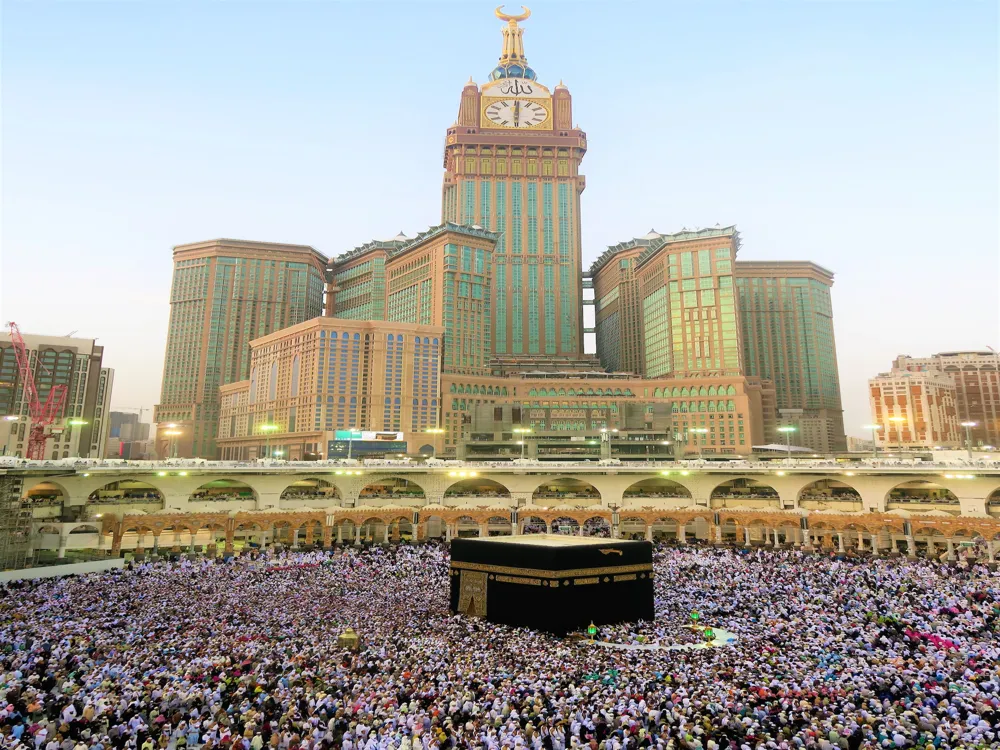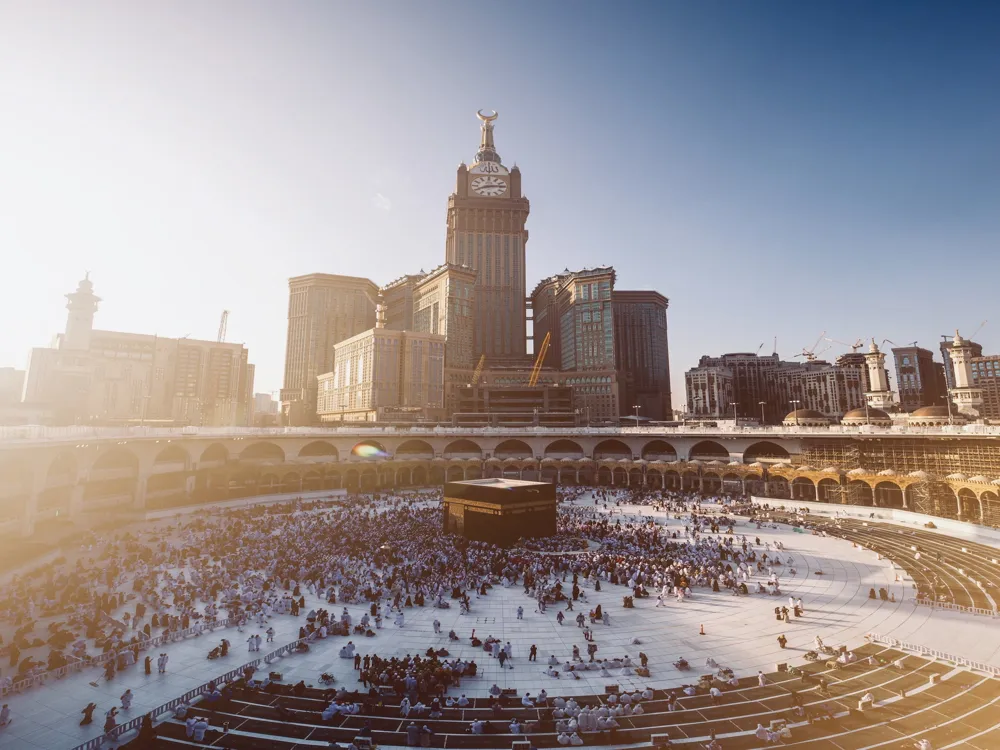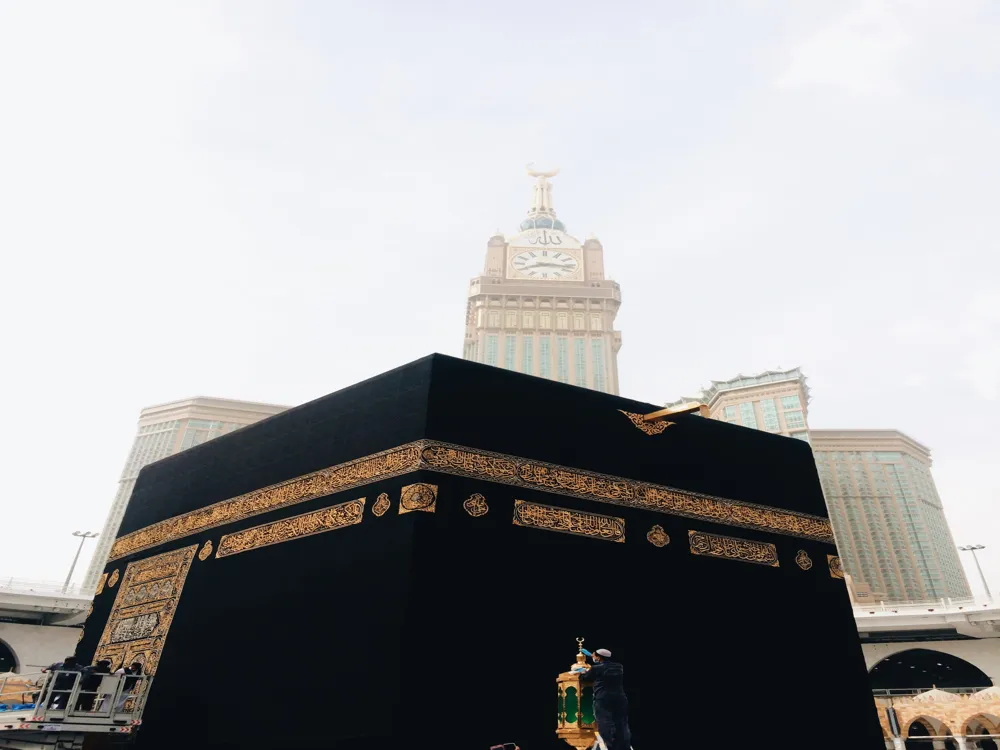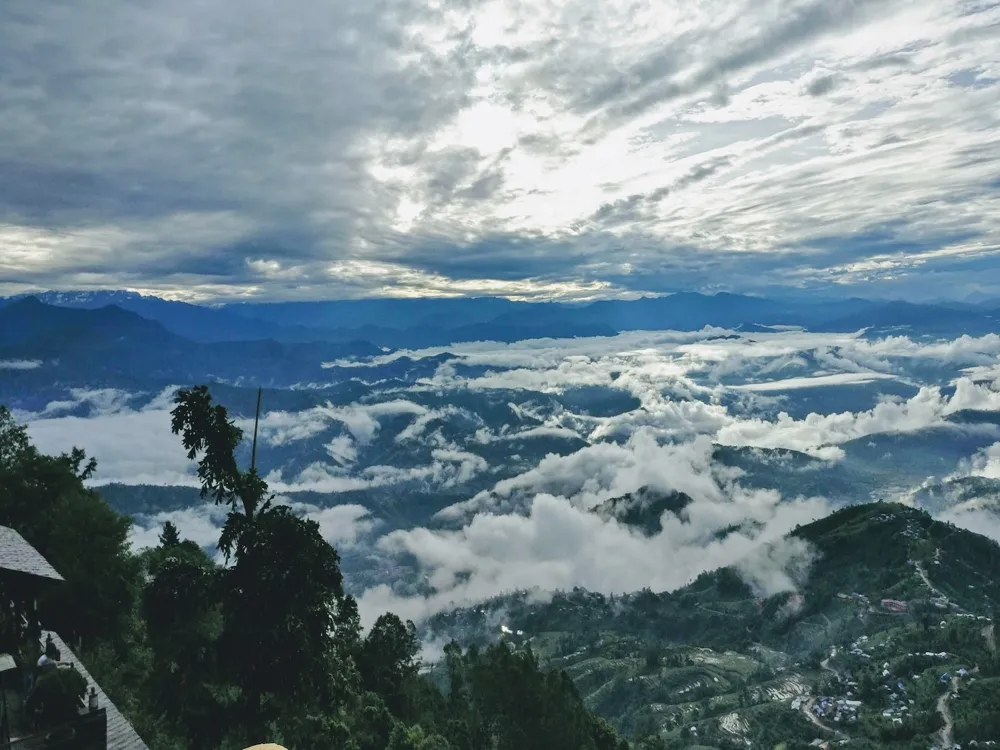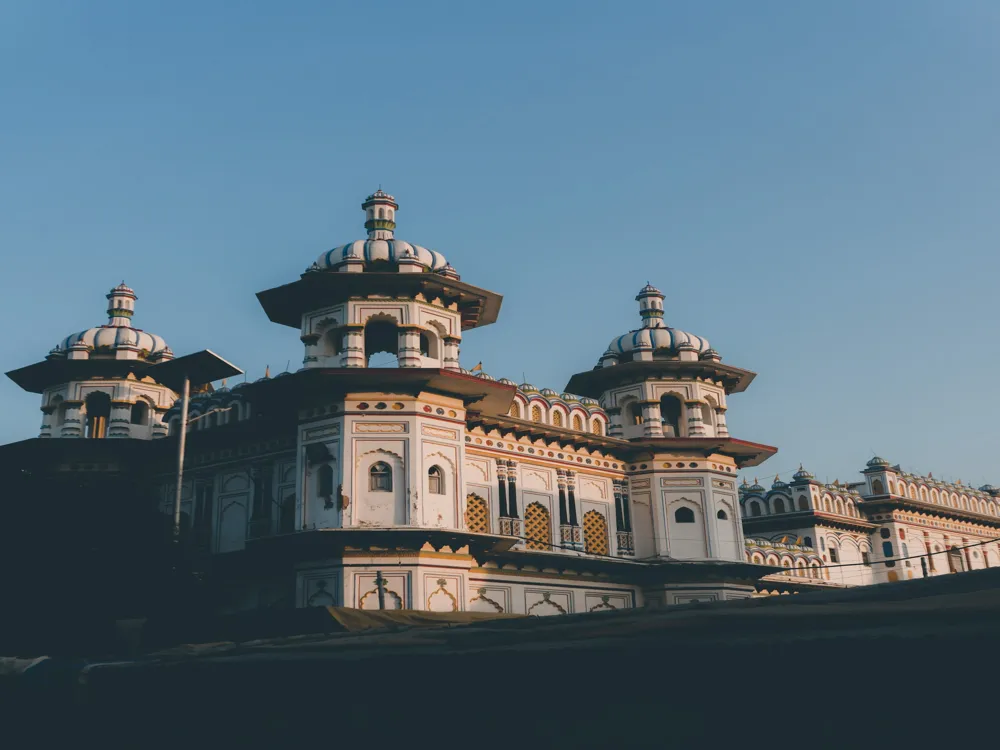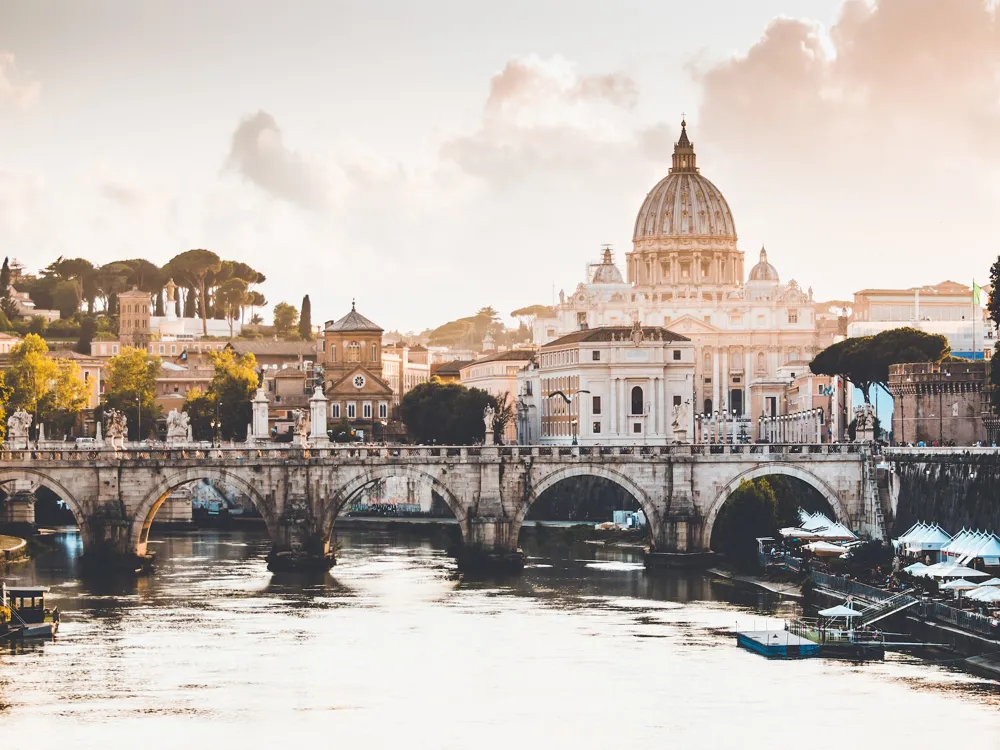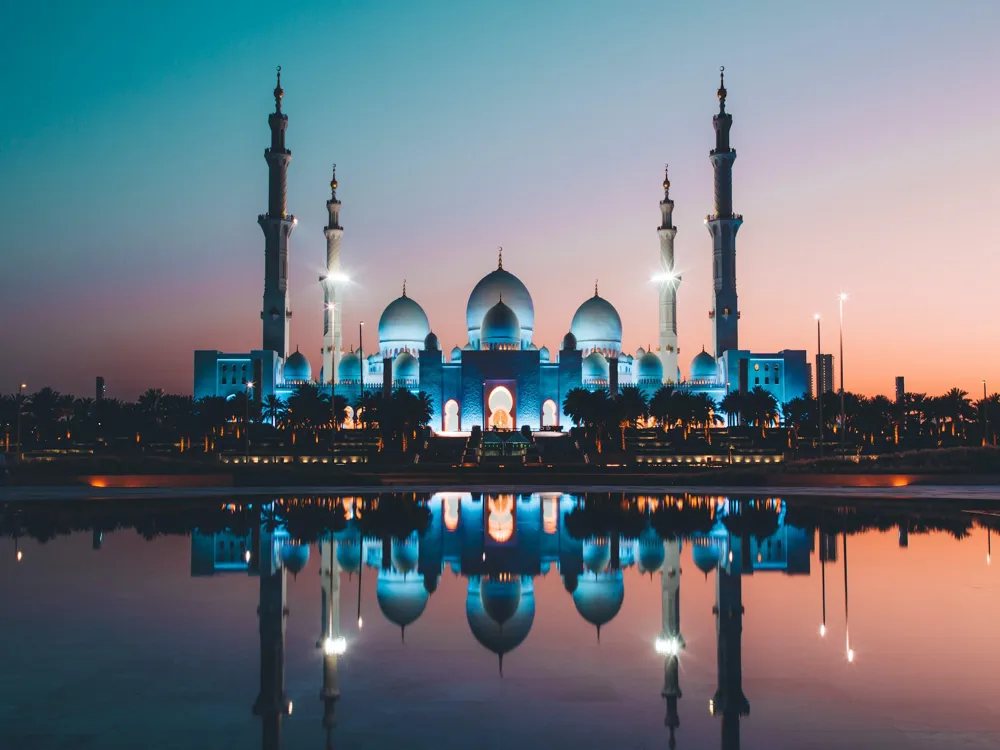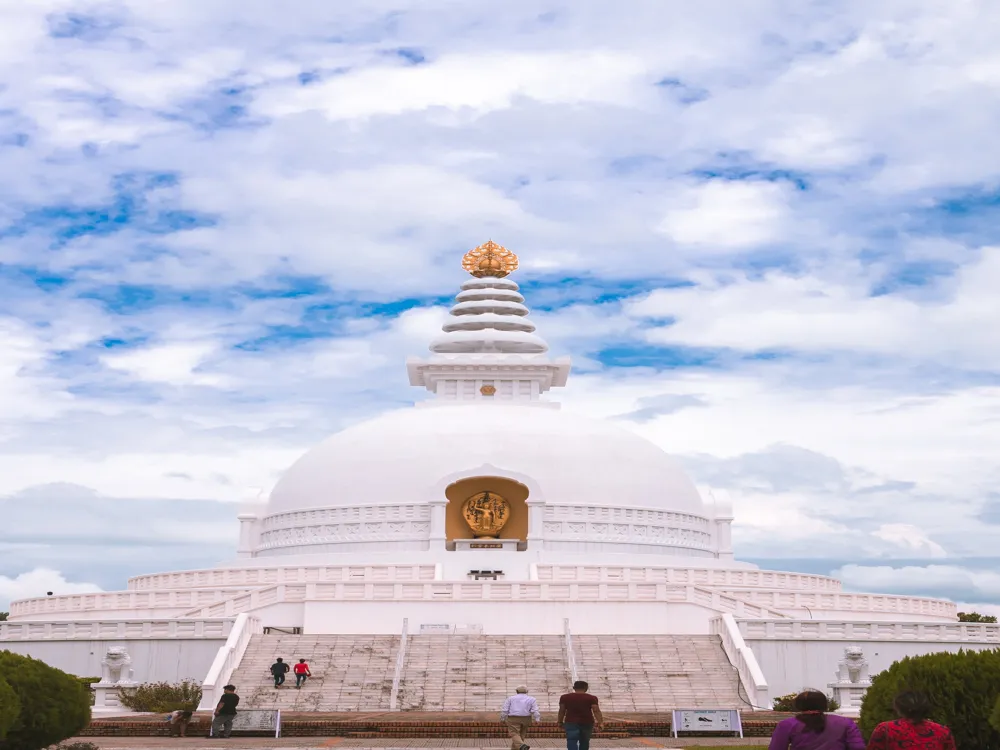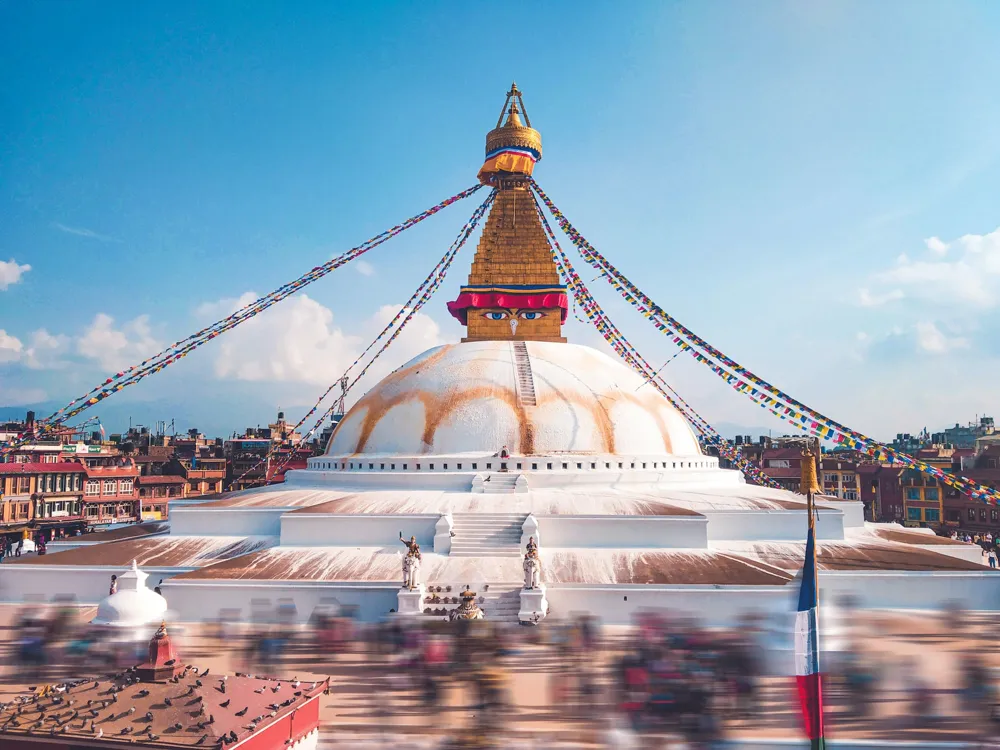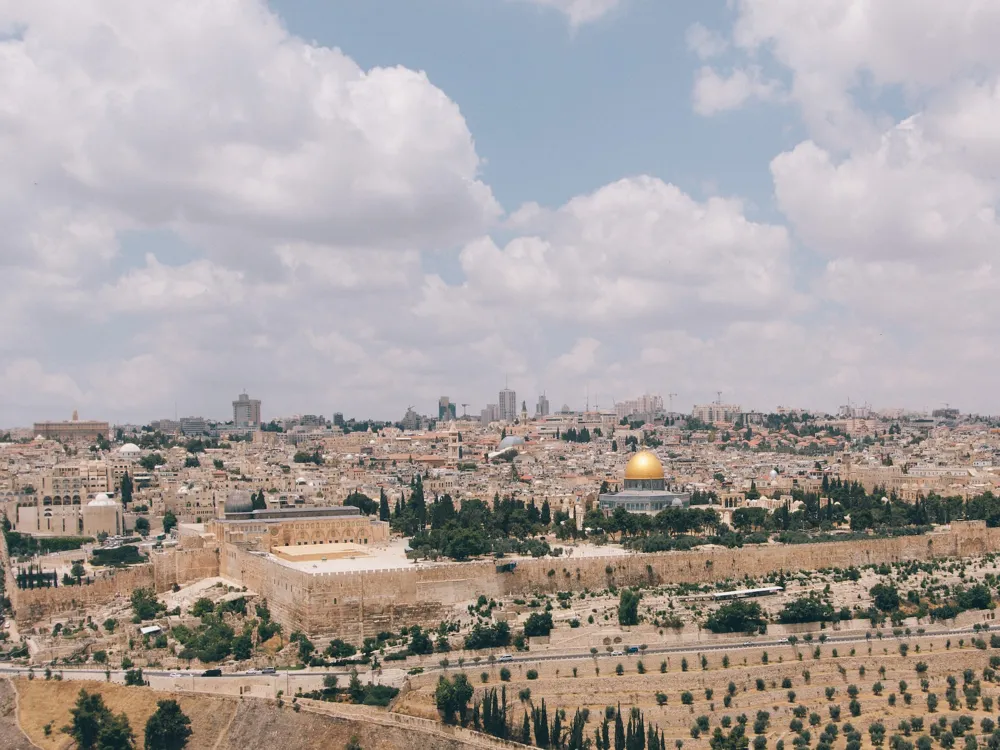Best Time To Visit Mecca
Saudi Arabia
5 out of 5 Places to visit in Saudi Arabia₹ 27,000 onwards View Packages
Get Customized PackagesThe Land of Diversity
Top Hotel Collections

Private Pool

Luxury Hotels

5-Star Hotels

Pet Friendly
What is the Best Time to Visit Mecca?
Mecca, the holiest city in Islam, attracts millions of pilgrims and tourists each year. Planning your visit requires careful consideration of the weather, ensuring an optimal experience. Let's delve into the best times to explore Mecca, considering different seasons and climatic conditions.
More about the Best Time to Travel to Mecca
When embarking on a journey to Mecca, timing is crucial for a fulfilling experience. Understanding the nuances of each season can make your pilgrimage or tour more enjoyable. Let's explore the highs and lows of Mecca's travel calendar.
Travel Peak Season in Mecca
Mecca experiences a peak season during certain months, drawing crowds for religious and cultural events. (Best Time to Visit Mecca) The optimal period falls between when the weather is mild, and special ceremonies take place, creating a vibrant atmosphere.
Travel Offseason in Mecca
For those seeking a more serene visit, the offseason might be the ideal choice. (Best Time to Travel Mecca on a Budget) During this period, accommodation prices may be more affordable, and the city is less crowded, allowing for a more intimate exploration of its rich history.
Mecca Travel Packages
View All Packages For Mecca
Mecca Weather in Winter (November – February)
Mecca Weather in November
November in Mecca ushers in the winter season, bringing cooler temperatures and a pleasant breeze. Pilgrims can enjoy the religious sites without the intensity of the summer heat.
Mecca Weather in December
December maintains a mild climate, offering visitors a comfortable environment for outdoor activities. It's an excellent time for spiritual reflection and exploration.
Mecca Weather in January
January sees Mecca in its winter glory, with temperatures remaining mild. Pilgrims can partake in religious rituals without the discomfort of extreme weather.
Mecca Weather in February
February concludes the winter season, providing a delightful climate for visitors. It's an ideal time for a pilgrimage, combining spiritual fulfillment with pleasant weather.
Mecca Weather in Summers (March to June)
Mecca Weather in March
As spring transitions into summer, March introduces warmer temperatures. Pilgrims should be prepared for the increasing heat, making proper hydration and sun protection essential.
Mecca Weather in April
April signals the onset of summer, bringing higher temperatures. Visitors should plan activities early in the day or later in the evening to avoid the peak of the sun's intensity.
Mecca Weather in May
May is characterized by hot weather, urging pilgrims to take precautions against the sun. Despite the warmth, the spiritual significance of Mecca remains a powerful draw for visitors.
Mecca Weather in June
June marks the peak of summer, with temperatures at their highest. Pilgrims should plan outdoor activities carefully, considering the scorching heat during daylight hours.
Mecca Weather in Monsoon (July – October)
Mecca Weather in July
July introduces the monsoon season in Mecca, offering relief from the intense summer heat. While rain is infrequent, the weather becomes more moderate, providing a welcome change.
Mecca Weather in August
August maintains the monsoon's influence, with slightly cooler temperatures. Pilgrims can experience Mecca in a unique light, with the landscape refreshed by occasional rains.
Mecca Weather in September
September sees the waning of the monsoon, but the weather remains pleasant. Pilgrims can enjoy the city without the sweltering heat, making it an attractive time to visit.
Mecca Weather in October
October concludes the monsoon season, with temperatures gradually cooling. Pilgrims can explore Mecca comfortably, taking advantage of the moderate climate.
In conclusion, understanding the best time to visit Mecca is crucial for an optimal experience. Whether you seek the vibrancy of peak season or the tranquility of the offseason, Mecca offers a unique and enriching journey. Plan your pilgrimage or tour strategically, ensuring you make the most of this sacred destination.

